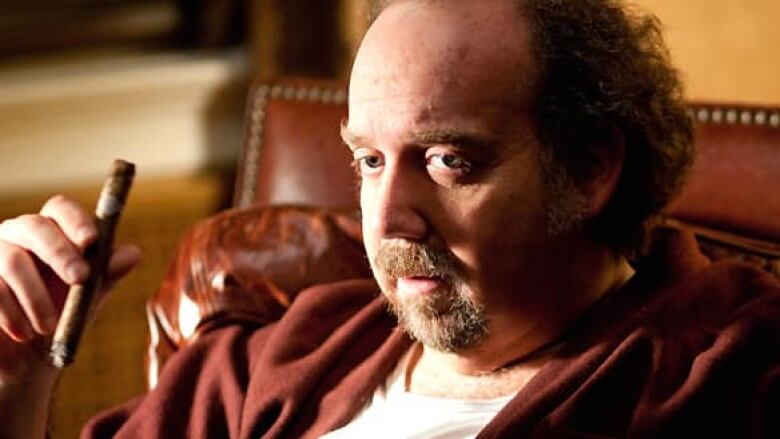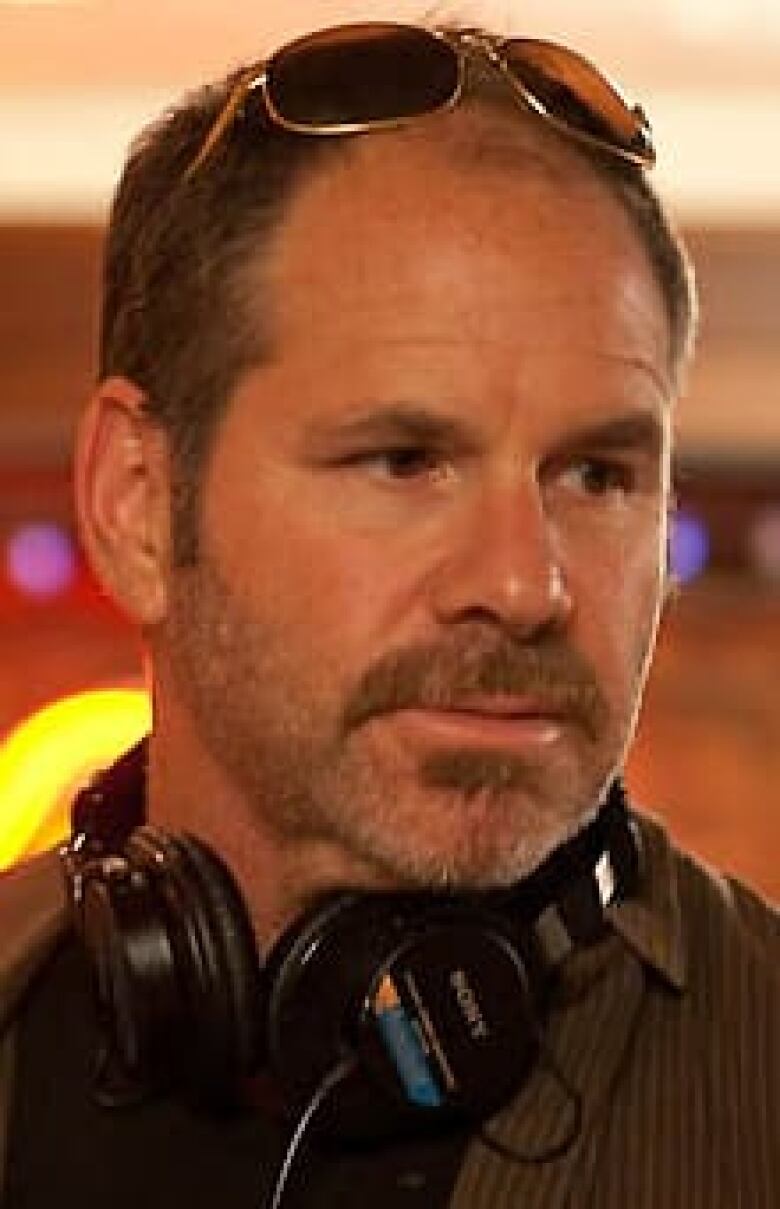Richler's ghost
Barney's Version conjures up Canada's favourite literary curmudgeon

The 1997 book, arriving on the big screen this Friday as a solidly entertaining feature film, is narrated by Barney Panofsky, a grumpy, aging, thrice-married Montreal Jewish television producer. Suffice it to say, Barney is not just a classic Richler mensch, but in many respects a wry self-portrait of the author, from the characters taste for fine cigars and single-malt scotch to his outspoken, politically incorrect opinions.
Suffice it to say, Barney is not just a classic Mordecai Richler mensch, but in many respects a wry self-portrait.
But the man who had written The Apprenticeship of Duddy Kravitz and St. Urbains Horseman also drew heavily both on his tempestuous youth and his current existence in order to craft what would become one of his funniest and most poignant novels.
As Charles Foran, author of the engaging new Richler biography Mordecai: the Life and Times, discovered during his research, the novelist was leaping between art and life on a daily basis. Richler the good friend would fire off a fax to his ailing pal, Montreal journalist Nick Auf der Maur, cracking wise and encouraging him to hang in there. Then Richler the writer would turn to his manuscript and have Barney do the same for one of his fictional buddies.
"There was a dance of art and life going on with that book that I suspect invigorated it hugely," says Foran. "Richler was making use of what was going on in his own life in an immediate way. I think it contributes to the energy of the prose and the pathos."

The books title refers to Barneys efforts to set the record straight on his life in particular, the persistent belief that he killed his best friend, Boogie Moscovitch, after Boogie slept with Barneys second wife. Although he was acquitted of the crime for lack of evidence, everyone from the police to his own kids thinks he got away with murder.
With a larger-than-life main character, a great love story and a murder-mystery plot to boot, Barneys Version had all the makings of, as they say,"a major motion picture." Richler himself was working on a screen adaptation before his death in 2001. At about the same time, Canadian-born television director Richard J. Lewis, whose credits include the CSI series,read the book and was determined to be the guy who helmed the movie.
Lewis recalls how he went after Robert Lantos, who owned the screen rights. "I chased him for many years," he says of the Canadian super-producer, for whom he had previously directed another novel-turned-feature, Paul Quarrington's Whale Music. "Eventually I sat down and wrote my own adaptation on spec. I sent it to him and he responded very well to it."
Lantos had been trying to get the movie made for a decade, stymied partly by the difficulties of distilling Richlers self-described "overcomplicated" novel into a two-hour feature. Although Montreal screenwriter Michael Konyves would furnish the final script, Lewiss input helped get the ball rolling.
Lantos and Lewis then set about assembling an international cast. When U.S. actor Paul Giamatti signed on to play Barney, the first piece of the puzzle fell into place.
His performance, which recently garnered a Golden Globe nomination, was clearly inspired by Richler. Lewis says Giamatti studied photos and video footage of the author and went out of his way to recreate his endearingly dishevelled look. That included Richlers wild nest of hair, which was a challenge for the balding actor. "Mordecai had this great curly mane, and Paul really doesnt," Lewis says. "But he figured out with Adrien Morot, the makeup artist, a way of approximating it, by emphasizing those bushy sideburns instead." Giamatti also insisted on smoking real Montecristo cigars and not some harmless herbal substitute.
"He went the distance for this role," Lewis says. "As for the scotch," he adds with a wink in his voice, "I cant say if that was really iced tea or not."
Giamattis co-stars include British actresses Minnie Driver and Rosamund Pike, as Barneys despised second and adored third wives, respectively; Canadian Scott Speedman as the beautiful, dissolute Boogie; and Hollywood great Dustin Hoffman as Barneys dad, Izzy, a lovably sleazy Montreal cop.
Hoffman's character is a larger presence in the film than he is in the book. "After we got Dustin, we wanted to use Dustin," Lewis freely admits. "So we jacked up a few scenes."

The movie updates and relocates those scenes to Rome in the 1970s, a choice that seems more pragmatic than artistic, given the $28-million picture is an Italian co-production. But Lewis says the idea actually originated with Richler.
"Barneys Version is a very popular novel in Italy, and he was something of a rock star there," the director says. "When Mordecai and Robert first started working on the [film] project together, there was discussion of setting the earlier part of it in Italy."
Foran, for one, isnt bothered that Barney has been bumped up a generation. He has seen the movie and also thinks it does a good job of condensing the novel. "Among the many challenges of transferring a beloved book to the screen is that something is going to go missing. Its just a given," he says. "So you pick your losses. And I thought the filmmakers did that very effectively."
At the same time, the film is a reminder once again of how difficult it is to capture the essence of great writing in a visual medium. Missing is Richlers distinctiveauthorial voice, speaking through the mask of Barney Panofsky. In the end, then, the best thing the movie can do is send people off to read the book.
Barneys Version opens in Toronto and Montreal on Dec. 24 and across Canada on Jan. 14. Mordecai: The Life & Times is in stores now.
Martin Morrow writes about the arts for CBC News.












_(720p).jpg)


 OFFICIAL HD MUSIC VIDEO.jpg)
.jpg)



























































































